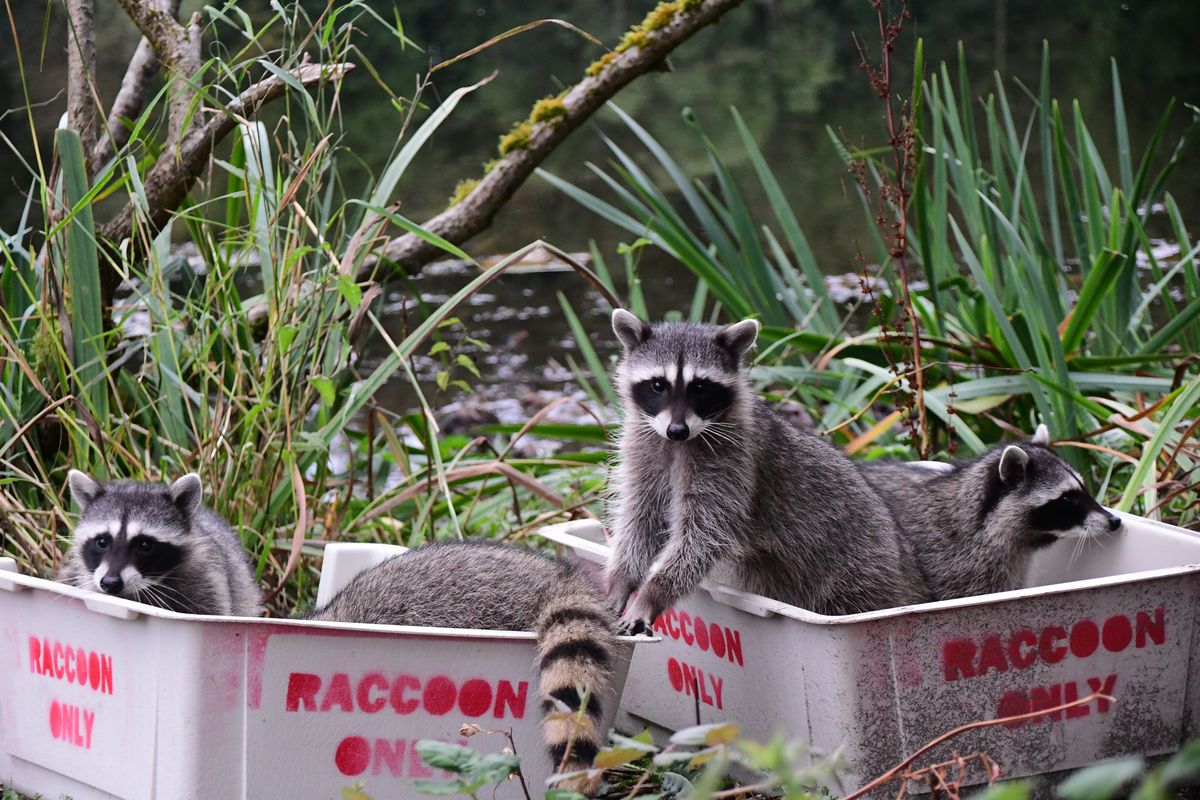Washington wildlife rehabilitators see surge in calls during pandemic

Cooped up Americans have turned to the natural world to find some solace during the COVID-19 pandemic.
Many of us – Washingtonians included – have noticed something amiss – seemingly abandoned animals or injured ones.
“When it first started here in March (2020), we really noticed,” said Jennifer Convy, the director of the Paws Wildlife Center in Lynnwood, Washington. “Our phone calls went off the charts. Right after everybody started remote working, that was really the catalyst.”
Some wildlife centers saw a 25% increase in calls. In best-case scenarios, people called to report injured or abandoned animals or simply to ask questions about animal behavior, but some callers had already picked up the animal in a misguided attempt at helping them.
“It’s really hard to walk by a harbor seal on a beach that looks injured and just keep walking,” Convy said in a Friday news conference organized by the Washington Department of Fish and Wildlife.
But that’s what wildlife mangers recommend good Samaritans do: Keep walking and make a call. Handling wild animals without the proper training and permits is illegal and, more important, bad for the animal.
“We have unfortunately seen an increase in people trying to raise wildlife themselves,” said Susan West, the president of the Washington Wildlife Rehabilitation Association. “Due to COVID, I think we saw an uptick in that. Especially last year. People were home and I think people thought they could do this themselves. Usually, those outcomes can be devastating.”
Instead, leave that to the experts.
Wildlife rehabilitators have a minimum of 1,000 hours of training and experience and are permitted by WDFW. There are 51 individual permittees in 34 facilities statewide. Locally, Ponti Veterinary Hospital in Otis Orchards is a certified wildlife rehabilitation clinic.
“We don’t just release those animals into the wild,” said Fawn Harris, the manager at the West Sound Wildlife Shelter. “We have to make sure they can hop, swim, jump, fly, forage – do all those things that they need to do to return to the wild as a 100% functional member of their species. And that’s our job. It’s to make sure that squirrel knows how to be a squirrel or that coyote knows how to be a coyote.”
It’s not uncommon for good-intentioned people to mistakenly think a wild animal, particularly babies, are orphaned.
Especially this time of year.
Mammals such as deer, elk and pronghorn routinely leave their young in a secure location, moving off to feed and returning later – sometimes several hours later – to quickly feed their young and leave again. The young animals know instinctively to remain still in the places their mother left them, according to an Idaho Fish and Game news release.
These animals look an awful lot like abandoned babies. They’re not. By hanging around a fawn, the good-intentioned humans are making it more likely the animal will abandon its baby.
There are better ways to respond.
First, make a phone call (see sidebar).
If you’ve already handled or picked up the injured or abandoned animal, make the call, but keep the animal in a warm, dark and quiet container, with proper ventilation, Convy said.
Do not feed the animal.
“Oftentimes, the animal can not digest food or water properly due to its injuries, and nutrition can do more harm than good because of that,” she said.